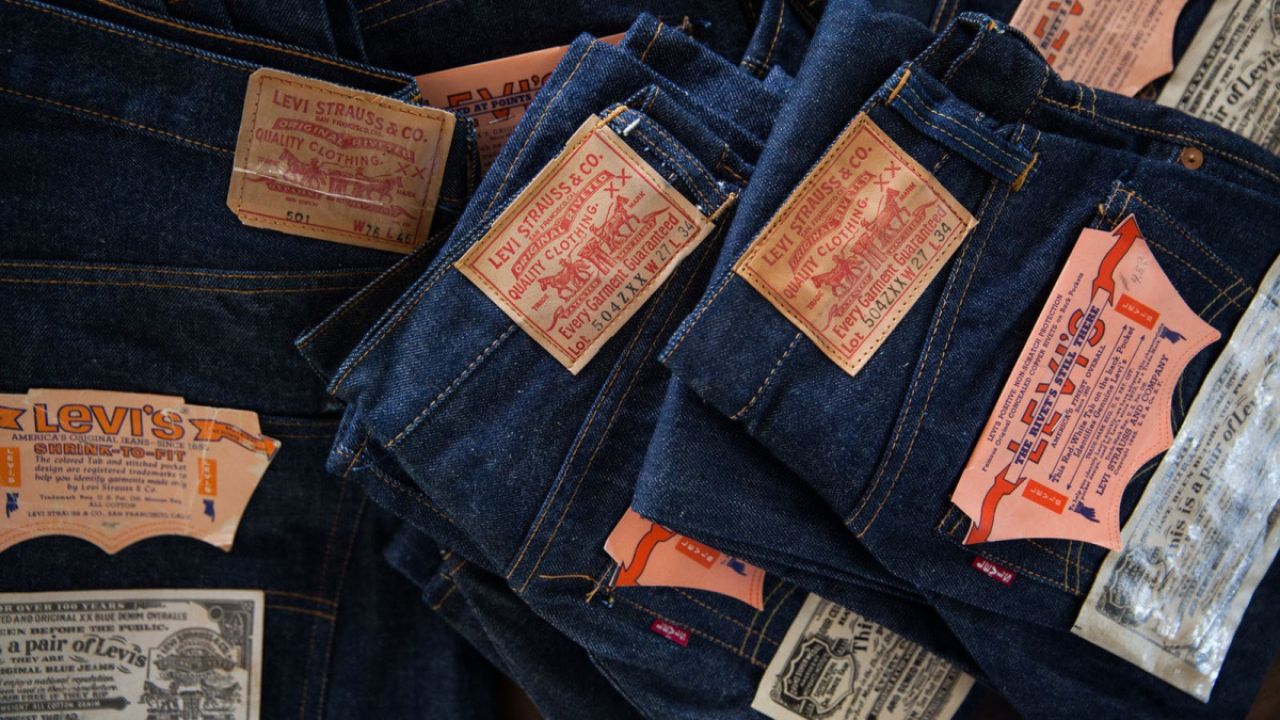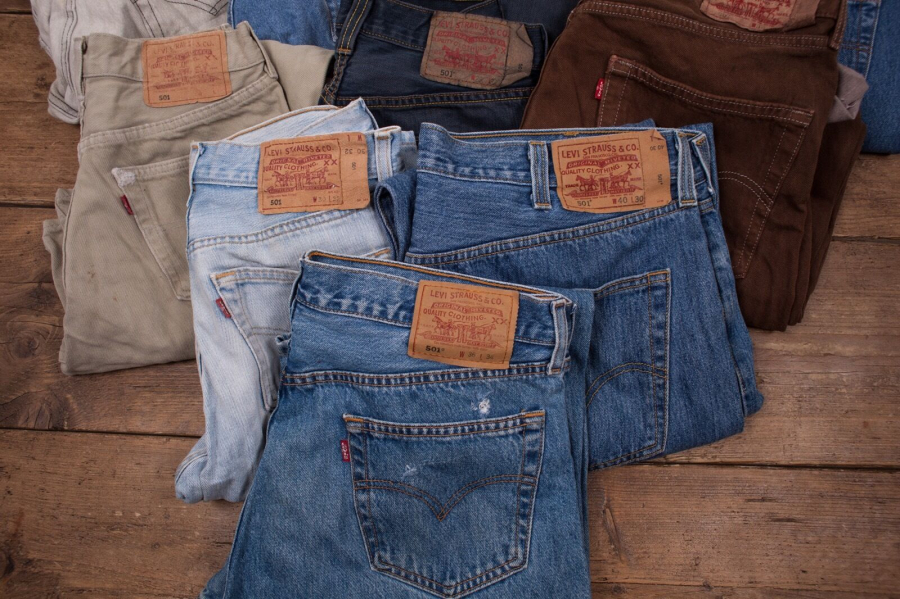Unbeknownst to many, the leather patch found on the back waistband of jeans is called a jacron. It commonly takes a rectangular shape and is sewn slightly off-center to one side of the waistband. Observing closely, you’ll notice that most denim brands feature this leather patch, making its presence a familiar sight. But what purpose does it serve, is it merely a decorative element or does it possess other significant functions?
Why is there a small leather patch on the back of jeans?
It’s no exaggeration to say that the small leather patch on the back of jeans is an iconic feature of the garment. Despite its diminutive size and discreet placement, it plays a crucial role.

Firstly, the leather patch, known as a jacron, acts as an identifier, enabling immediate brand recognition of the jeans. Despite its small size, the carefully and intricately designed jacrons become a unique decorative element of the jeans. It serves as a simple yet effective means for manufacturers to enhance their brand visibility. Additionally, wearers can subtly flaunt the prestige of the brand when donning the product.
Furthermore, high-end brands utilize these leather patches adorned with their logos to assist customers in distinguishing authentic products from counterfeit or low-quality imitations. By incorporating the brand’s logo or emblem on the patch, they simultaneously promote their products while making it challenging for counterfeiters to replicate their designs.
Notably, several jeans manufacturers offer the option for customers to create their own personalized jacrons. This allows individuals to express their personal style and create a truly unique and distinctive look for their jeans.
In today’s market, it’s rare to find a pair of genuine jeans that doesn’t bear a jacron.

Why are jeans typically blue?
Although jeans are now available in a wide range of colors, including black, gray, brown, beige, khaki, olive, white, and so on, blue remains the most common and iconic color.
Few are aware that one of the first pairs of jeans ever created was actually brown and made from a rugged canvas material (woven from cotton fibers) and featured rivets. This fabric was chosen for its exceptional durability and heavy-duty nature, making it suitable for miners.
However, the designer later switched to denim fabric after realizing that miners were more concerned with the durability of the material than its color. Denim, specifically, offered both durability and a softer, more comfortable feel for the wearer.

To achieve the signature blue color of denim, a natural dye called indigo is often used. Unlike other dyes, indigo dye derived from the indigo plant, with its deep blue hue, does not directly penetrate the fabric fibers when heated but rather adheres to the surface. Consequently, with each wash, the dye gradually fades, lending jeans their characteristic soft, faded appearance.






































